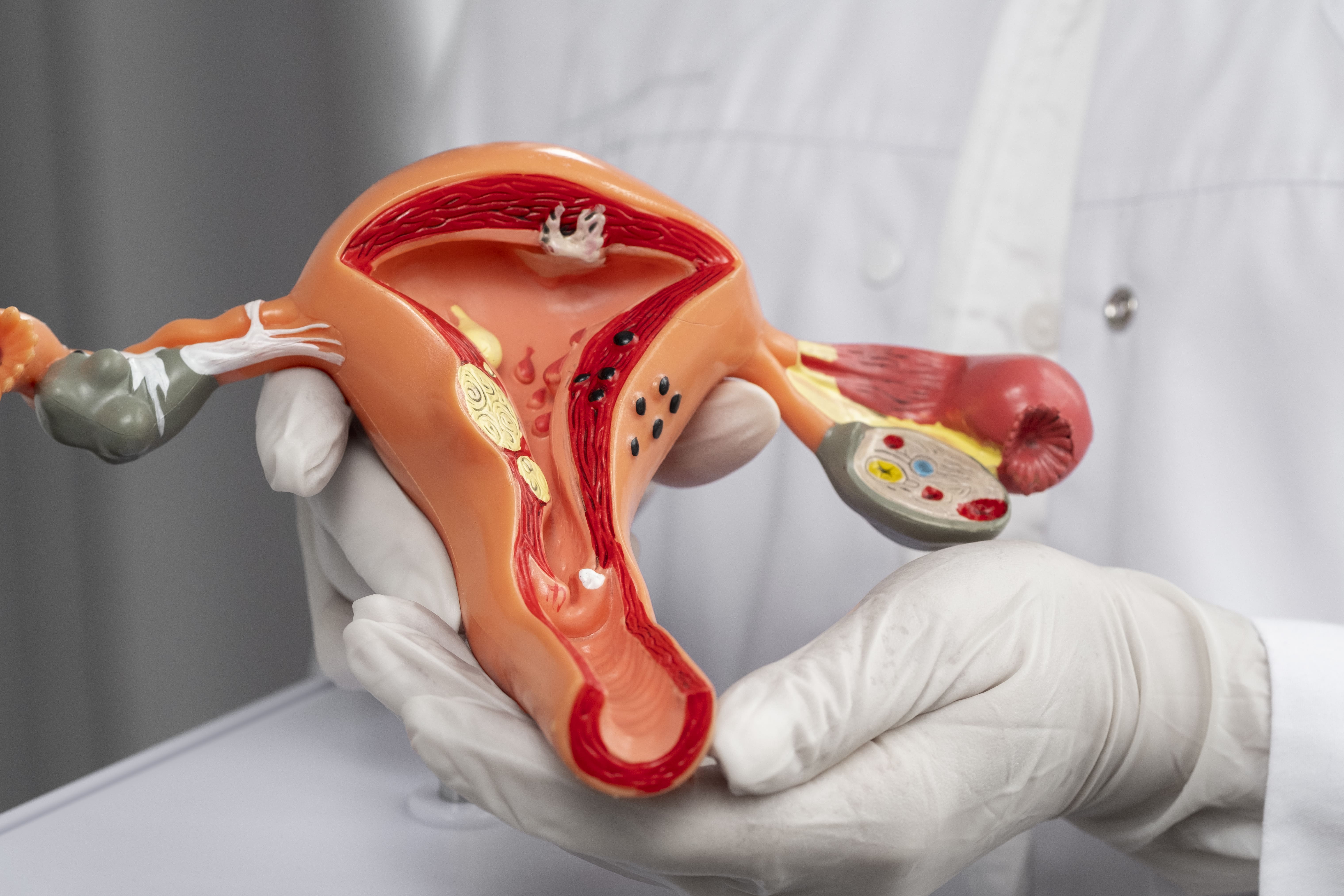- kapilkanade@yahoo.com
- SUNSHINE IVF and Endoscopy, Hadapsar, Pune

Hysteroscopy is a minimally invasive test that allows for visualization of the inside of the uterus (womb). It is done with a long, thin instrument called a hysteroscope, which has a high-definition camera to give good pictures of the uterine cavity. Hysteroscopy can be used both for diagnosis and treatment, helping to find and fix uterine problems.
Indications for Hysteroscopy
Diagnostic Hysteroscopy
In a diagnostic hysteroscopy, a maximum-diameter 5-mm hysteroscope is inserted gently into the uterus. The built-in high-resolution telescope allows the physician to visually examine the uterine cavity for any abnormalities. The procedure may be done on an outpatient basis and does not involve an overnight hospital stay.
Preparation for a Hysteroscopy
Procedure Summary
Hysteroscopy is common for diagnosis and treatment of issues like infertility, unexplained pain in the uterus, and irregular bleeding. It also helps further investigate ultrasound scan or other medical test findings.
Potential Complications
Although hysteroscopy is normally a low-risk and safe procedure, complications, although uncommon, can be:
In spite of such possible dangers, hysteroscopy is a useful means for the diagnosis and treatment of uterine disease with minimal invasiveness and a fairly rapid recovery.
Book a Visit TodayExperience
Happy Patients
Infertility
IUI